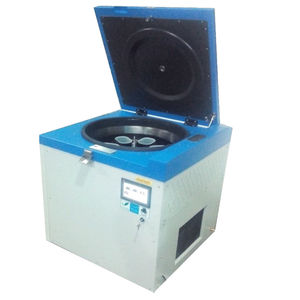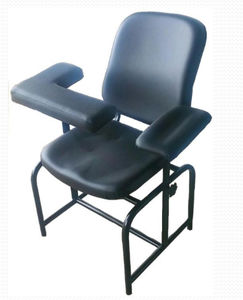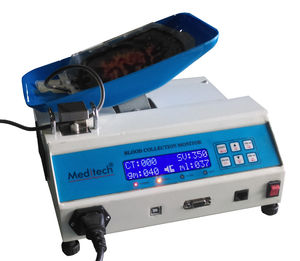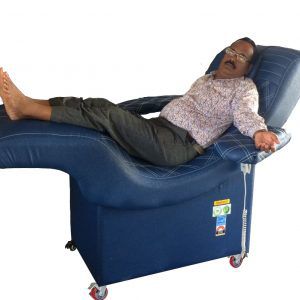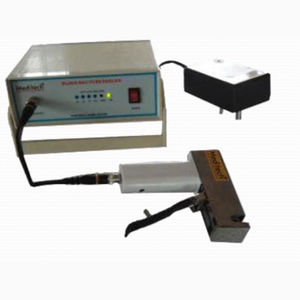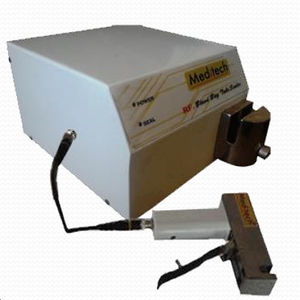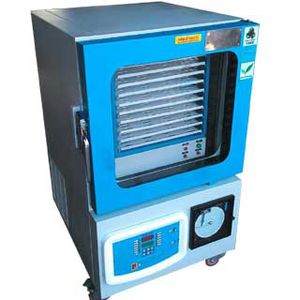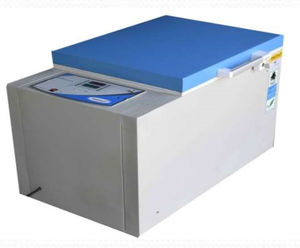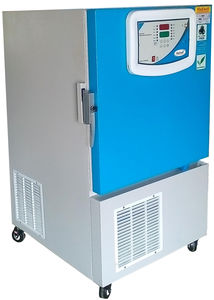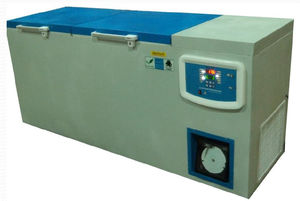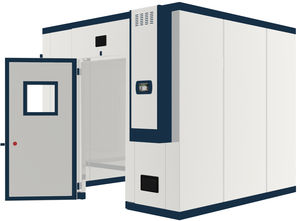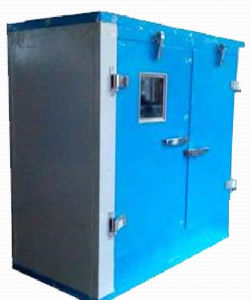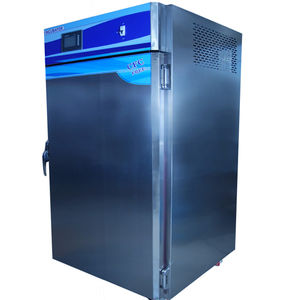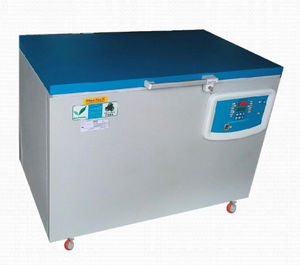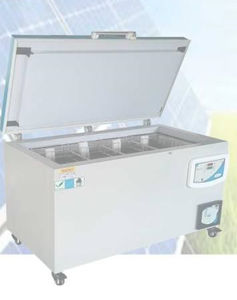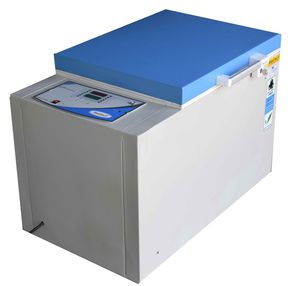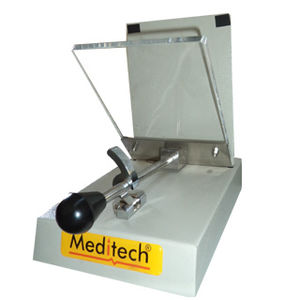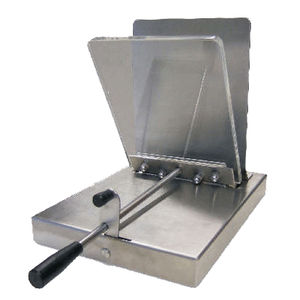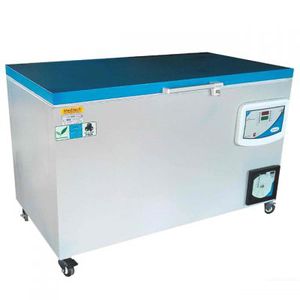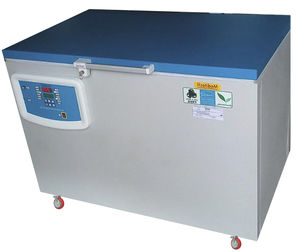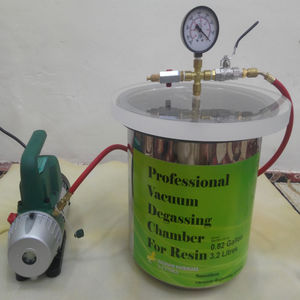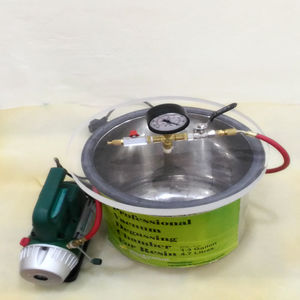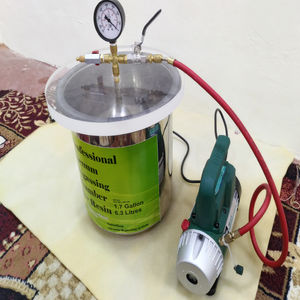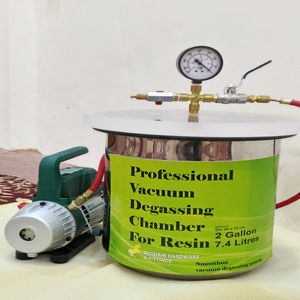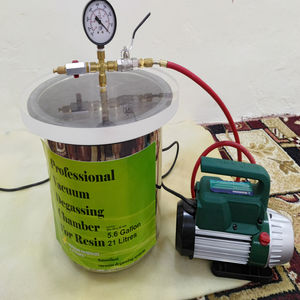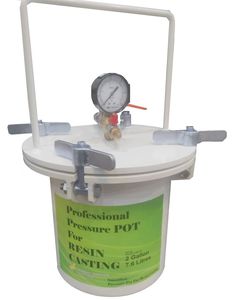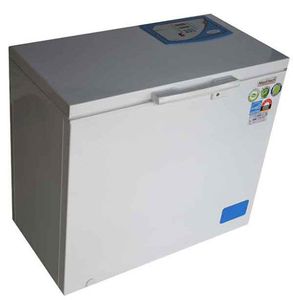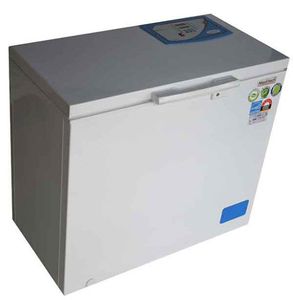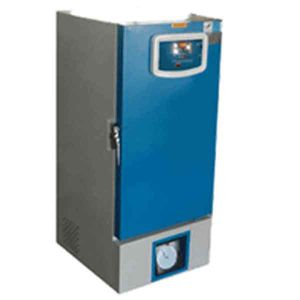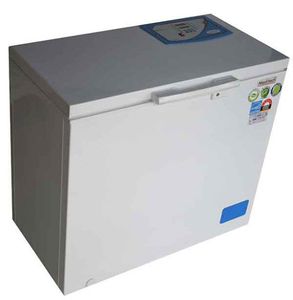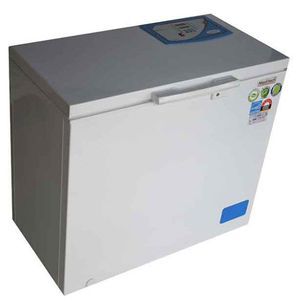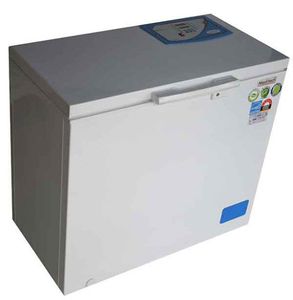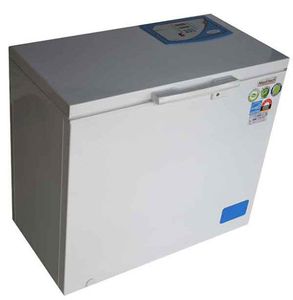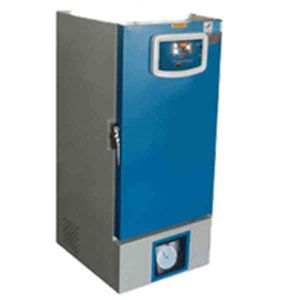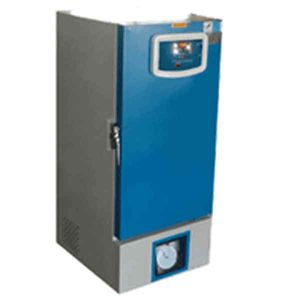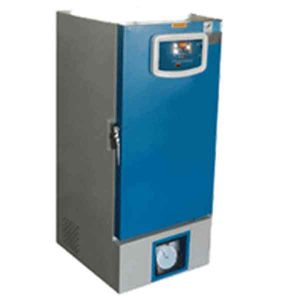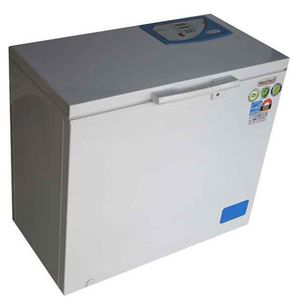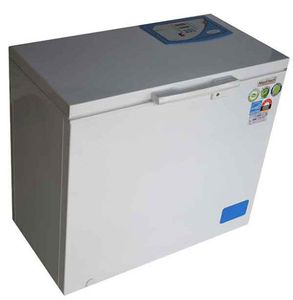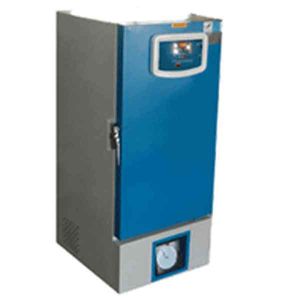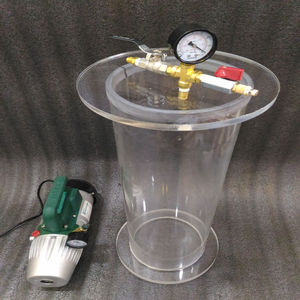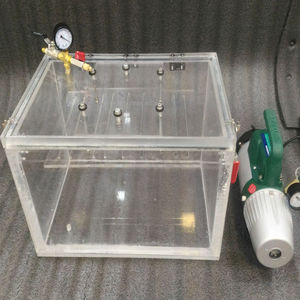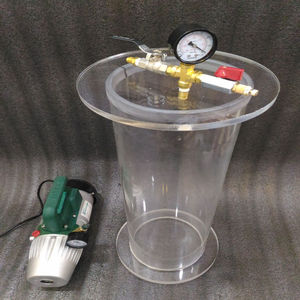
- Laboratory
- Sample management
- Blood bank refrigerator
- Meditech Technologies India
Laboratory refrigerator MTBBR1-D, MTBBR3-D blood bankcabinet2-door

Add to favorites
Compare this product
fo_shop_gate_exact_title
Characteristics
- Applications
- laboratory, blood bank
- Configuration
- cabinet
- Number of doors
- 2-door
- Capacity
990 l, 1,275 l, 1,586 l
(261.53 gal, 336.82 gal, 418.98 gal)- Temperature range
Max.: 6 °C
(42.8 °F)Min.: 2 °C
(35.6 °F)
Description
Blood Bank Refrigerator
Alarms – 12 Types
Inbuilt Battery Backup for 48 Hours (can be increased to 96 hours)
Inbuilt Cooling Back up for 24 Hours in case of power and technical failure
Inbuilt USB and Data Logger
Real Time Clock and Calendar Setting
51% electricity Savings
Door
Glass Door: Triple pane door glass fitted in door-frame made of 1 8swg CR Sheet, powder coated with structure finish and filled with formed in position PUF . Solid Door: of 1 8swg CR Sheet, powder coated with structure finish and filled with formed in position PUF
Various Types of Blood Bank Refrigerator Manufactured by Meditech are
(1) Vertical Blood Bank Refrigerator
(2) Double Door Vertical Blood Bank Refrigerator
(3) Horizontal Blood Bank Refrigerator
(4) Solar Blood Bank Refrigerator
Refrigeration System
Heavy-duty, air-cooled refrigeration system with non-CFC R134A refrigerant provides high efficiency and is environmentally friendly.
Forced-air circulation maintains chamber uniformity of ±1°C and provides quick recovery after door openings
No defrost cycle required to maintain constant temperature
Auto condensate evaporation
Evaporator fan(s) shut off during door openings to maintain stable temperatures
Input voltage of BBR
160 - 270 V, 50Hz, single phase AC
VIDEO
Catalogs
No catalogs are available for this product.
See all of Meditech Technologies India‘s catalogsOther Meditech Technologies India products
Blood Bank equipment
Related Searches
- Upright refrigerator
- 1-door refrigerator
- Laboratory freezer
- Laboratory refrigerator
- 1-door freezer
- Laboratory centrifuge
- Tabletop centrifuge
- Laboratory stirrer
- Benchtop laboratory stirrer
- Stainless steel refrigerator
- Digital laboratory stirrer
- Laboratory bath
- Universal centrifuge
- 2-door refrigerator
- Hospital refrigerator
- Stainless steel freezer
- Benchtop laboratory bath
- Refrigerator on casters
- Blood bank refrigerator
- Benchtop water bath
*Prices are pre-tax. They exclude delivery charges and customs duties and do not include additional charges for installation or activation options. Prices are indicative only and may vary by country, with changes to the cost of raw materials and exchange rates.



